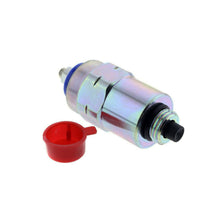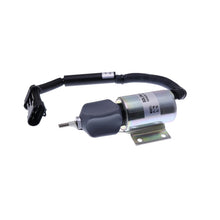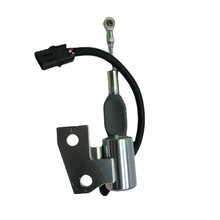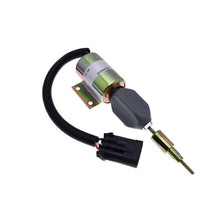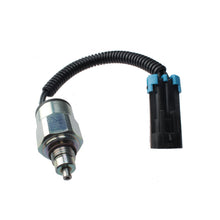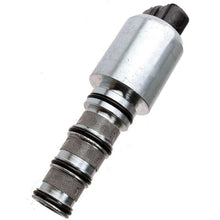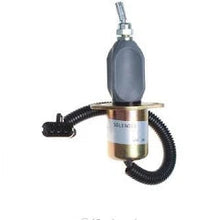Fuel solenoid-New Holland
The definition of a solenoid valve is an electro-mechanical valve that is commonly employed to control the flow of liquid or gas. There are various solenoid valve types, but the main variants are either pilot operated or direct acting. Pilot operated valves, the most widely used, utilize system line pressure to open and close the main orifice in the valve body.
Solenoid valves are classified according to their functions:
Water solenoid valve, steam solenoid valve, refrigeration solenoid valve, low temperature
solenoid valve, gas solenoid valve, fire solenoid valve, ammonia solenoid valve, gas solenoid valve, liquid solenoid valve, micro solenoid valve, pulse solenoid valve, hydraulic solenoid valve often Open solenoid valve, oil solenoid valve, DC solenoid valve, high pressure solenoid valve, explosion-proof solenoid valve, etc.
How it works
There is a closed cavity in the solenoid valve, and there are through holes in different
positions. Each hole is connected to a different oil pipe. There is a piston in the middle of the cavity, and two electromagnets on both sides. On the other hand, different oil discharge holes are opened or closed by controlling the movement of the valve body, while the oil inlet hole is normally open, the hydraulic oil will enter different oil discharge pipes, and then the piston of the cylinder is pushed by the pressure of the oil, and the piston again Drive the piston rod, and the piston rod drives the mechanical device. In this way, the mechanical movement is controlled by controlling the electric current on and off of the electromagnet.
Notes on installation
1. When installing, pay attention that the arrow on the valve body should be consistent
with the flow direction of the medium. Do not install in places where there is direct dripping or splashing of water. The solenoid valve should be installed vertically upward;
2. The solenoid valve should be guaranteed to work normally within the fluctuation range of 15%-10% of the rated voltage;
3. After the solenoid valve is installed, there must be no reverse pressure difference in the pipeline. And it needs to be energized several times to make it suitable for temperature before it can be officially put into use;
4. The pipeline should be thoroughly cleaned before the solenoid valve is installed. The incoming medium should be free of impurities. Filter before the valve;
5. When the solenoid valve fails or is cleaned, in order to ensure the continuous operation of the system, a bypass device should be installed.

